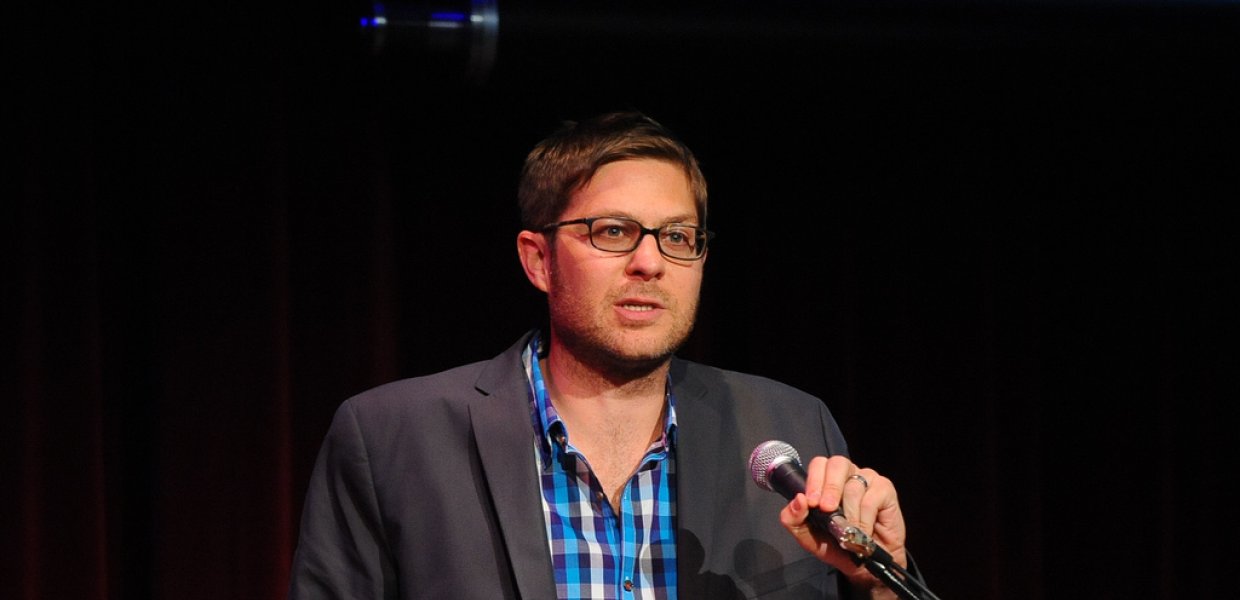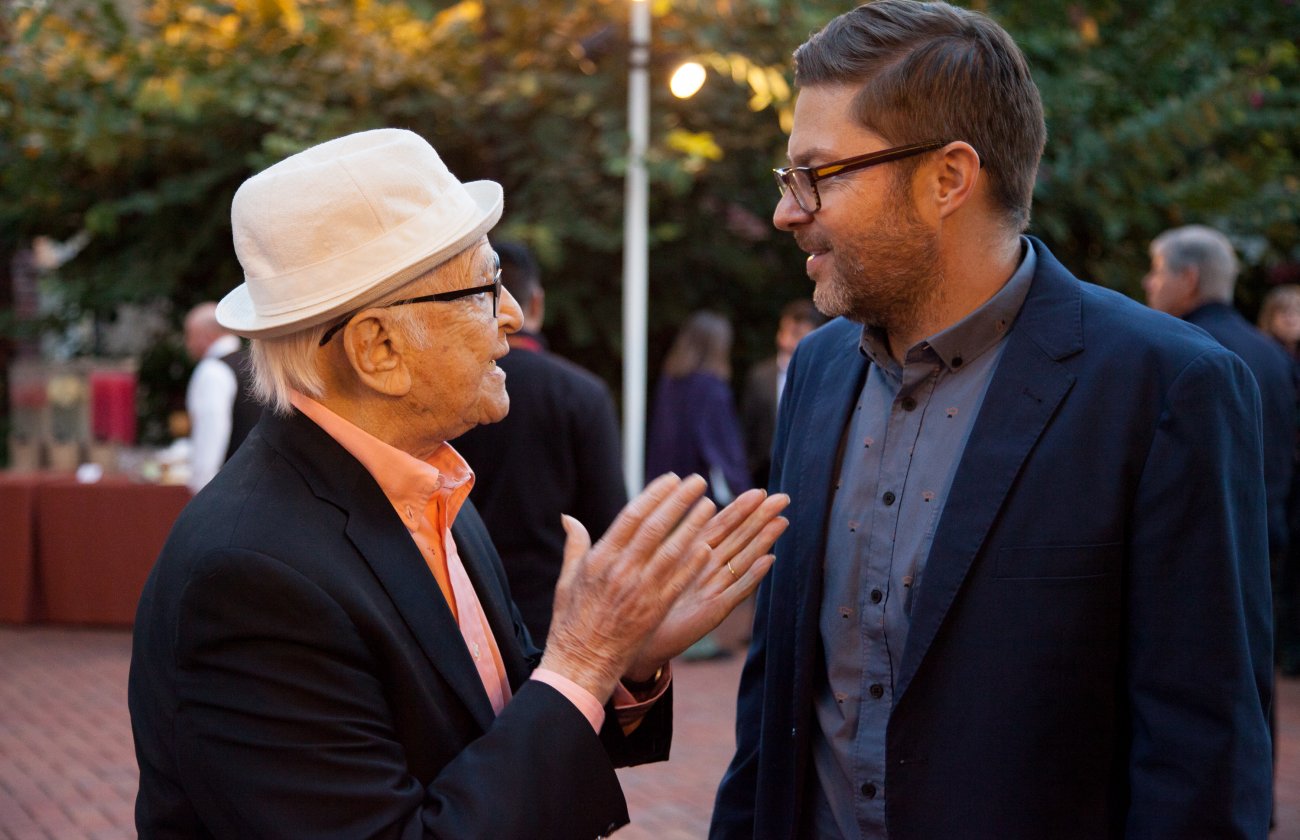Communication and journalism professor Josh Kun has curated with The Grammy Museum the first large-scale exhibit on Los Angeles music by an LA museum. “Trouble In Paradise: Music and Los Angeles, 1945-1975” has been unveiled in conjunction with the Getty initiative Pacific Standard Time.
The exhibit, which will be open until June 3, is the culmination of nearly a year of work by Kun to research and collect artifacts and ephemera. He had the help of USC Annenberg students in his Fall 2011 class COMM 400: Music and Los Angeles, which was dedicated to the topics of the exhibit.
The showcase features iconic images, album art, handbills, concert posters, newsreels, rare filmed interviews clips of artists and a digital jukebox loaded with nearly 100 songs from the period. There is an entire room dedicated to the impact of cars, music and radio, as well as art by Ed Ruscha, Henry Diltz, and Robert Landau.
“Trouble in Paradise” focuses on the tensions between the myths of Southern California as a sunny paradise and the realities of social struggle here post-World War II.
“We’re focusing on the broken myths and promises of LA in those years,” Kun said. “We focus on things like the Watts riots, the Sunset Strip riots and the Chicano civil rights movement – key cultural and political upheavals.”
So, while The Beach Boys were part of LA’s music in that period, Kun’s goal is to educate museum-goers about the layers of culture, politics and popular art going on beyond “Surfin’ USA.”
“My hope is that people get a very different understanding of post-World War II LA through its music. That they come away understanding the multilayered aspects of life in Los Angeles in that period,” Kun said. “I hope they come out thinking not only of the Beach Boys but understanding that at the very same time they were putting out records, so were leading African-American artists and Latino artists. These were worlds happening at exactly the same time.”
Genres of music highlighted in the exhibit include surf rock, jazz, R&B, Laurel Canyon folk rock, the Sunset Strip rock scene and the East L.A. Chicano sound, all of which helped shape the most diverse and influential music scenes in America.
See coverage of the exhibit by the Associated Press here and KPCC’s story here. Find details about the exhibit here





